Dive Details
Location
Date
Saturday 24 March 2018
Time
9:48am - 11:19am
Details
After 3 days of 3-4 metres southerly swells I didn't know what to expect at Bare Island. Today the swell was forecasted to be a 1.5-2 metre easterly swell so I figured Bare Island would be a safer bet than Kurnell. It was quite calm on the northern side of the island and only small waves washing around the western side of the island.
By the time I walked down with my gear on there was the occasional large set of waves hitting the western side of the island where I planned to get in so I instead got in just to the west of the "pool" and surface swam to the western side of the island. I kept swimming south until I had the three flagpoles line up. Before I descended I made sure my new Garmin Descent MK1 watch was in the right mode and had a GPS lock. I descended onto a tape measure which I assume was for a Reef Life Survey. The visibility here was probably only 2-3 metres - handy having a tape measure to check. The water temperature was around 22°C and it was quite surgy. I headed south for the deep wall.
As I approached the deep wall the visibility improved a bit and was around 5 metres on the wall. I was pleasantly surprised given the sea conditions over the last few days. I swam along the top of the wall at around 13 metres and headed west looking for the seahorse. I swam to the end of the wall without finding it. I swam back a few times but still couldn't find it. While I was looking I came across a spiny gurnard. I have not seen them near the top of the wall like this. I then looked for the rocks just off the wall and below it slightly and looked more carefully in that area. I then spotted the tail of the seahorse wrapped around a green finger sponge. The seahorse was hidden on the other side of the sponge which was probably why I couldn't find it.
I followed the wall west again to the area where the seahorses used to be 3 years ago. I wanted to follow the reef to the west but the terrain seems to have changed. I wasn't sure so I headed north towards the next reef. Out on the sand I found another spiny gurnard. This one was smaller that the first one
I hit the shallower reef and followed it to the west. As I approached the corner I was very surprised to find a Hypselodoris tryoni nudibranch. I have seen them often in the tropics but never in Sydney.
I followed the wall around and headed towards the caves. Just out in front of the caves was a moorish idol. I've not seen them at Bare Island before. The poor thing was being harassed by a white-ear drummer. I looked for pygmy pipehorses along the edge of the reef but found none.
I kept going around the corner to the bottom of the slope. I came to the rock where there has often been pygmy pipehorses and found the white male and golden female. I don't think I found the golden female when I was here 2 weeks ago.
As I approached the bottom of the slope I spotted a red indianfish. While they can be quite common just here it has been a few dives since I've seen one.
I looked around the bottom of the slope for a while before making my way up. I looked for pygmy pipehorses and anglerfishes on the way up but found none.
At the top of the slope I followed the boulders to the outboard motor and then started my safety stop as I swam to the exit. After I finished my safety stop I got out on the rocks near Carol's plaque. When I got out I made sure I had my mask.
Seas
Slight Surge
Visibility
3 to 5 metres
Duration
90 minutes
Maximum depth
15.4 m
Average depth
11.2 m
Water temperature
22.0°C
Dive Profile from Citizen Hyper Aqualand
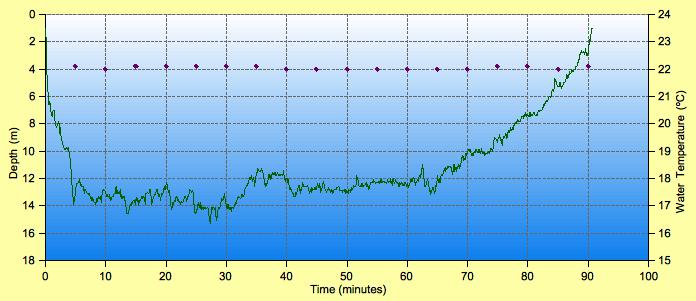
Tides at Botany Bay AEDT
Note that tides at dive site may vary from above location.
High
2:01am
1.63m
Low
8:44am
0.51m
High
2:45pm
1.28m
Low
8:32pm
0.64m
Camera gear
Camera
Nikon D500
Lens
Nikon AF-S Micro Nikkor 60mm f/2.8G ED
Housing
Ikelite 6812.5
Lens port
Ikelite Flat Port 5502.41
Strobe
2 x Ikelite SubStrobe DS161
Photographs
Depth information, where present, indicates the depth of the camera when the photograph was taken and can be used to approximate the depth of the subject.
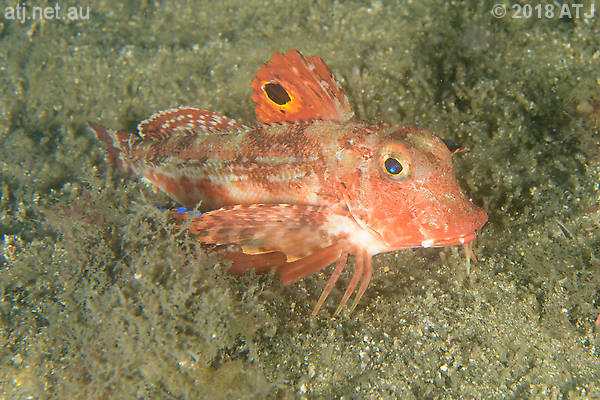
Spiny gurnard, Lepidotrigla papilio. 14.1 m.

Spiny gurnard, Lepidotrigla papilio. 14 m.
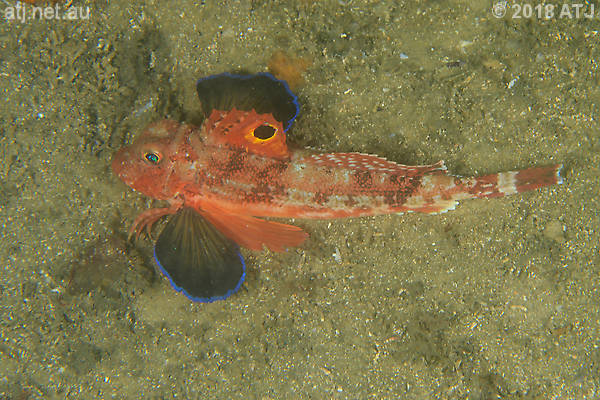
Spiny gurnard, Lepidotrigla papilio. 13.6 m.
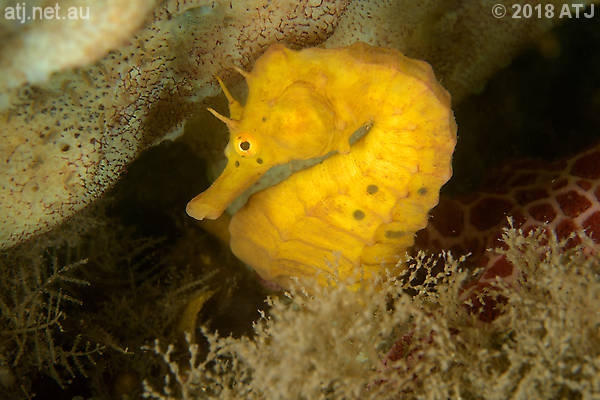
Female pot-bellied seahorse, Hippocampus abdominalis. 14.2 m.
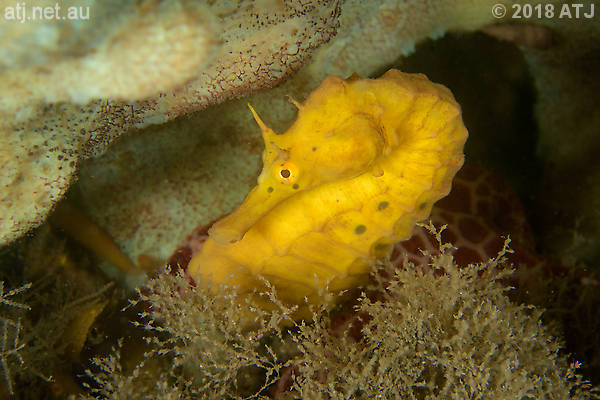
Female pot-bellied seahorse, Hippocampus abdominalis. 14.2 m.
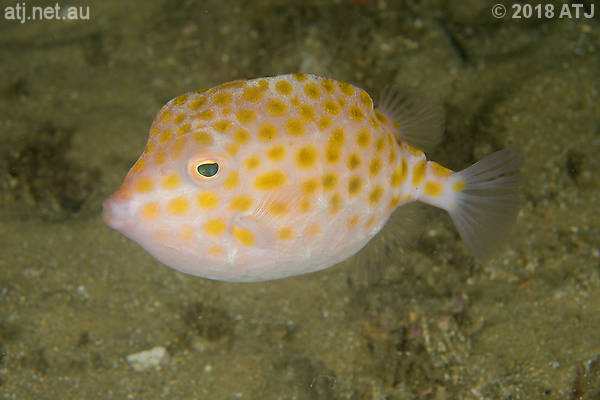
Eastern smooth boxfish, Anoplocapros inermis. 14.3 m.
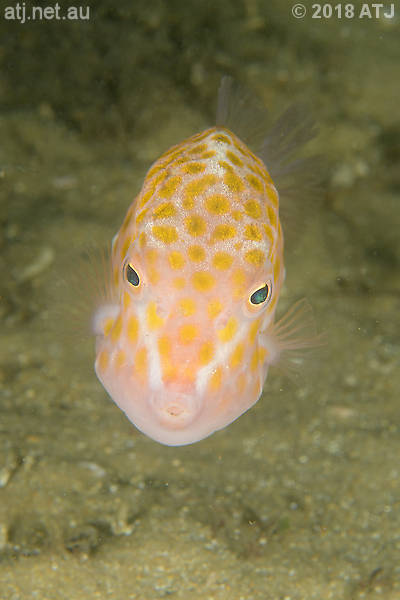
Eastern smooth boxfish, Anoplocapros inermis. 14.1 m.
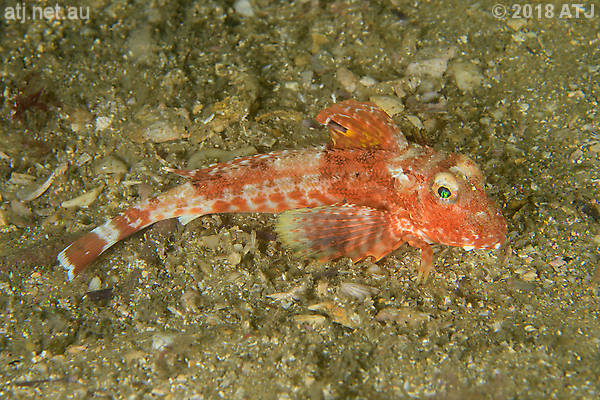
Spiny gurnard, Lepidotrigla papilio. 13.5 m.
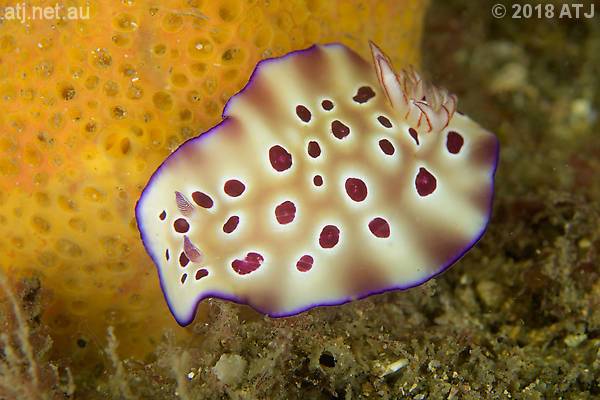
Nudibranch, Hypselodoris tryoni. 11.7 m.
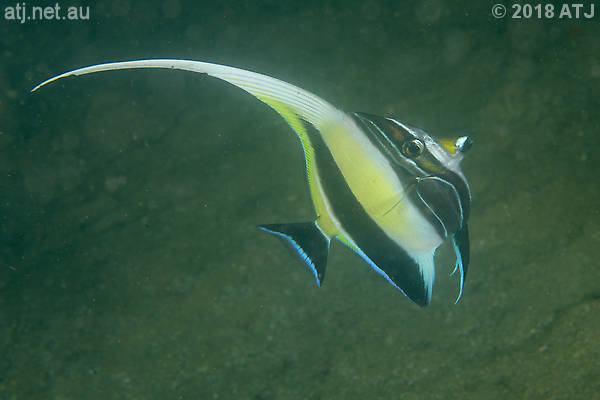
Moorish idol, Zanclus cornutus. 12.8 m.

Moorish idol, Zanclus cornutus. 12.7 m.
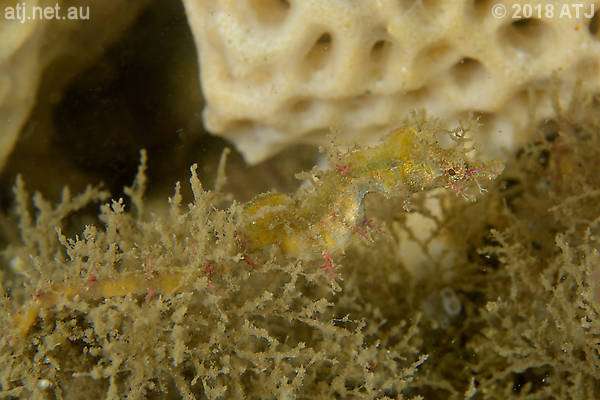
Female Sydney pygmy pipehorse, Idiotropiscis lumnitzeri. 12.3 m.
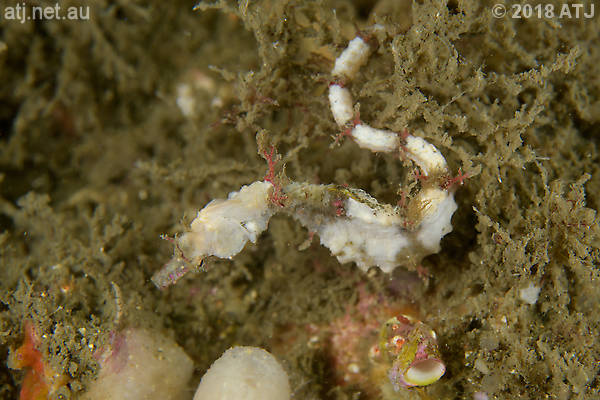
Male Sydney pygmy pipehorse, Idiotropiscis lumnitzeri. 12.2 m.
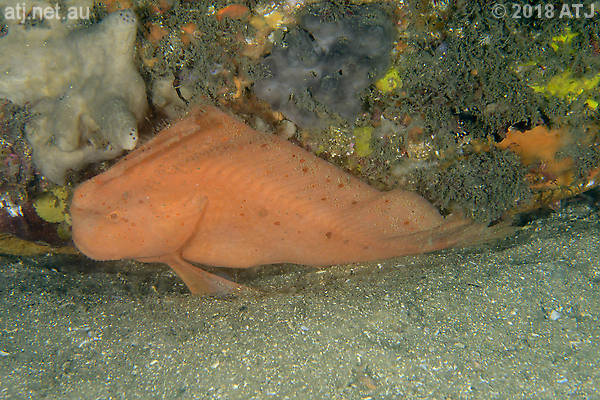
Red indianfish, Pataecus fronto. 12.4 m.